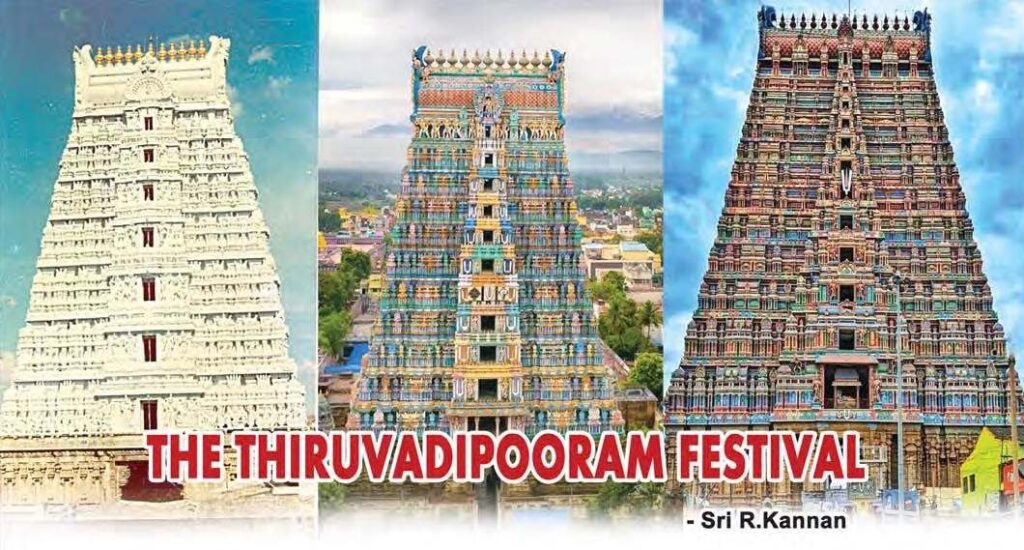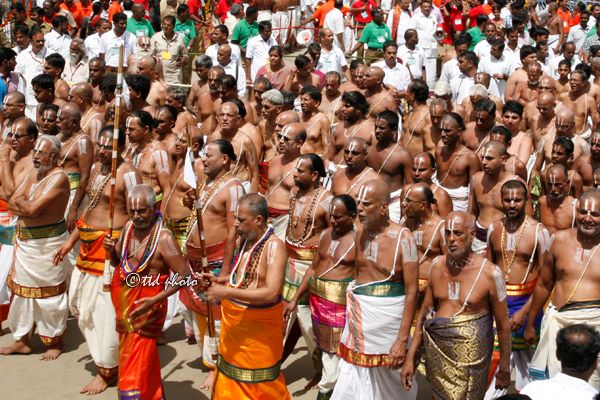Everything about the Tiruvadipooram Festival Sri Maha Vishnu liberated Sri Bhu Devi who was kept under the ocean by the Hiranyaksha. Sri Bhu Devi was quite relieved and prayed to God to pronounce the method by which people, who were suffering in the miserable world, could be liberated from the Ocean of Samsara (just like Read More
Tag: Nachiyar Tirumozhi
Goda Devi has sung the ‘Tiruppavai’ and the ‘Nachiyar Tirumozhi’ in praise of Lord Vishnu and His incarnations. It is part of the ‘Nalayira Divya Prabhandham’ in four thousand verses.
Divya Prabandha Ghoshti – Tirumala Brahmotsavam
Article by – Sri Anantha Madabhooshi Divya Prabandha Ghoshti The annual 9-day festival originally believed to be initiated by Lord Brahma Himself aeons ago, the Tirumala Brahmotsavam, continuously gets better in execution year after year. This festival is not like any other festival held in Tirumala for Lord Malayappa Swami. What makes this unique is Read More


